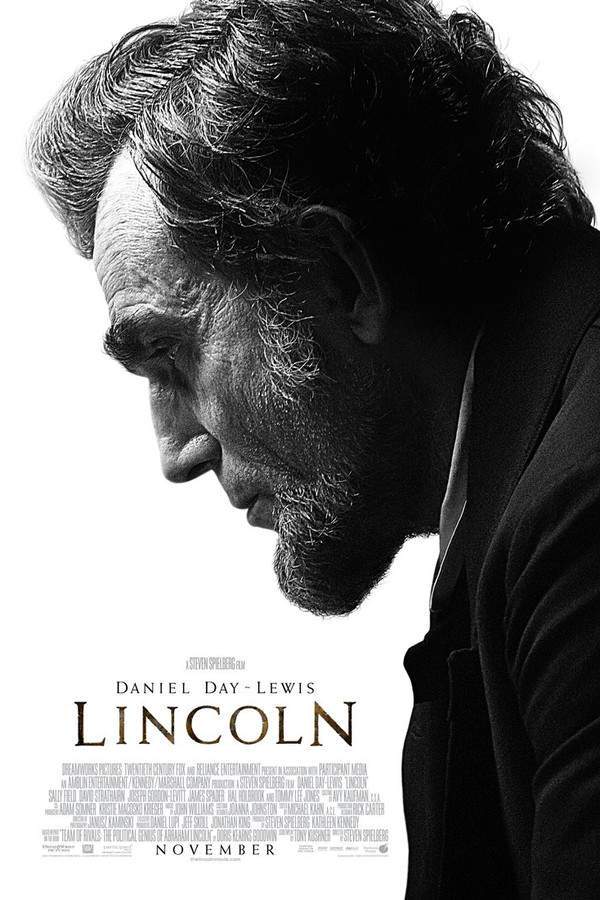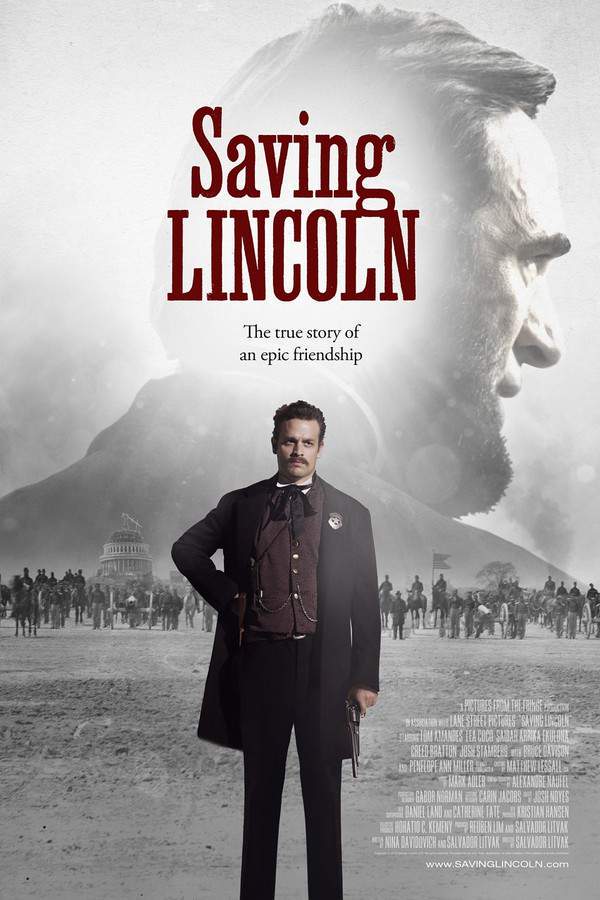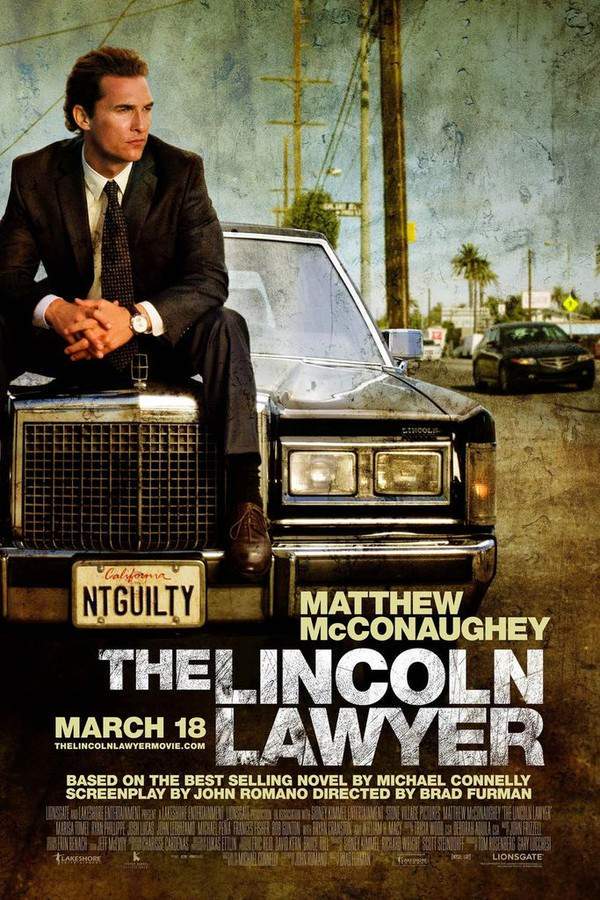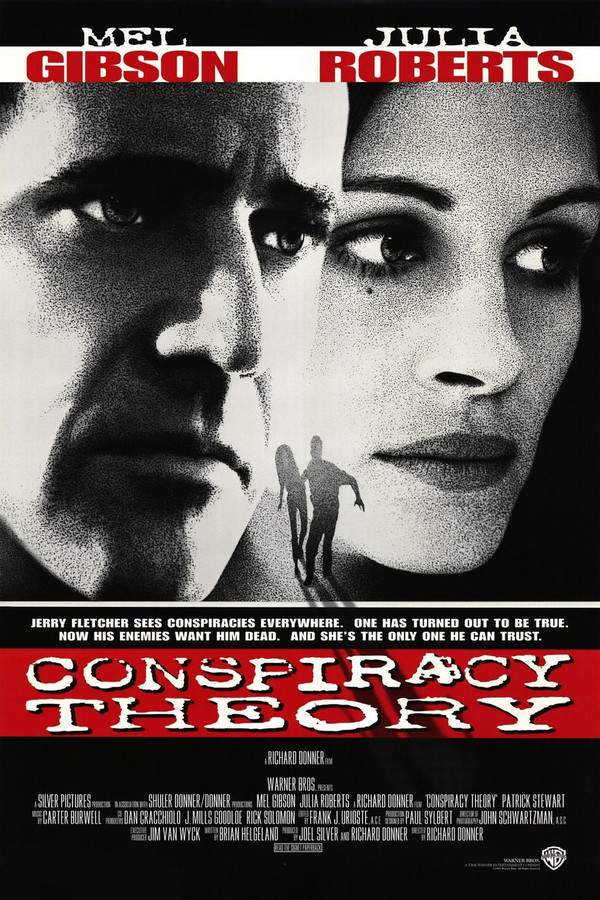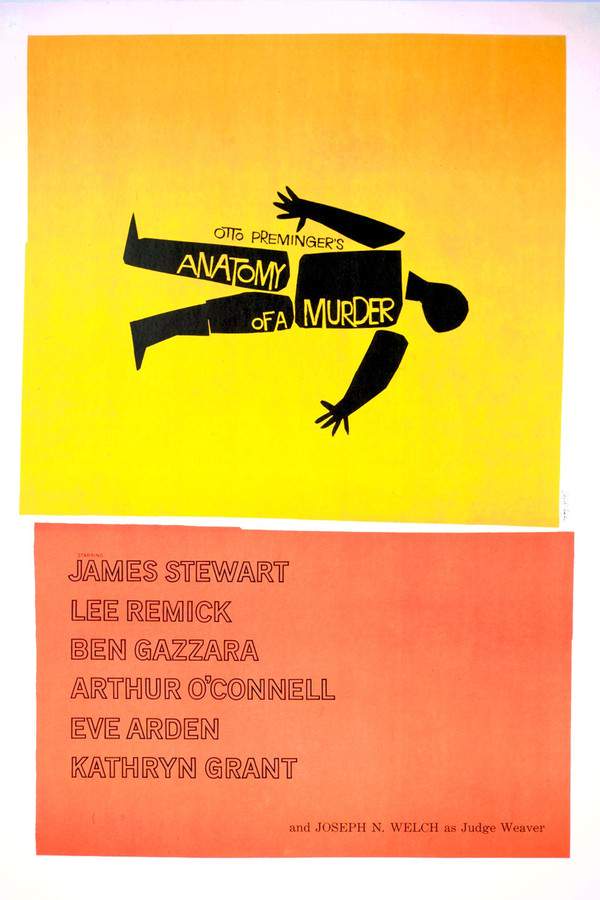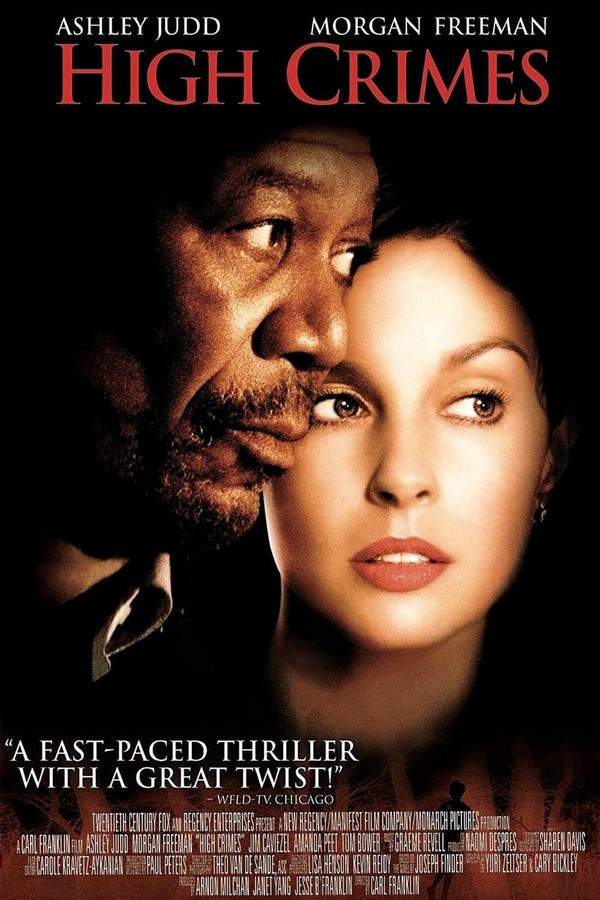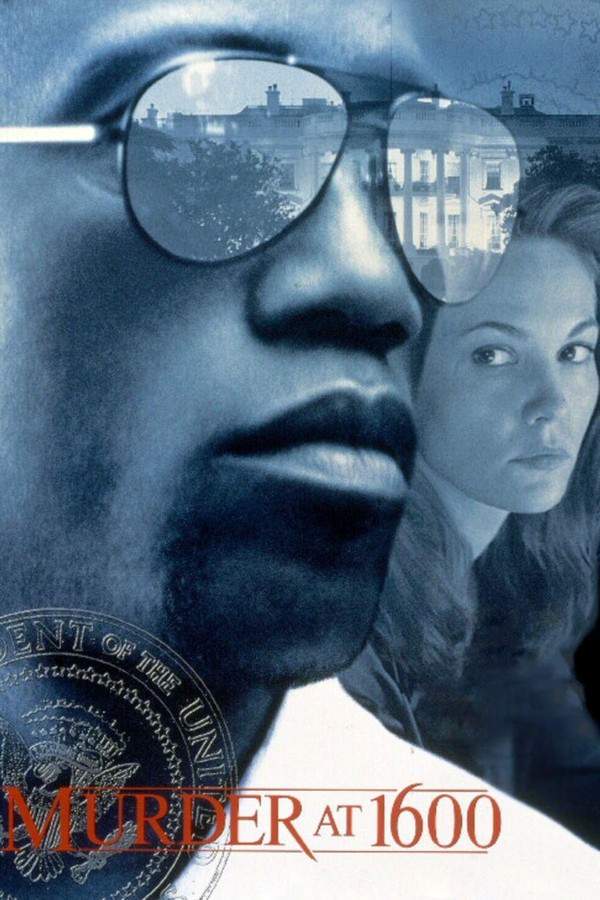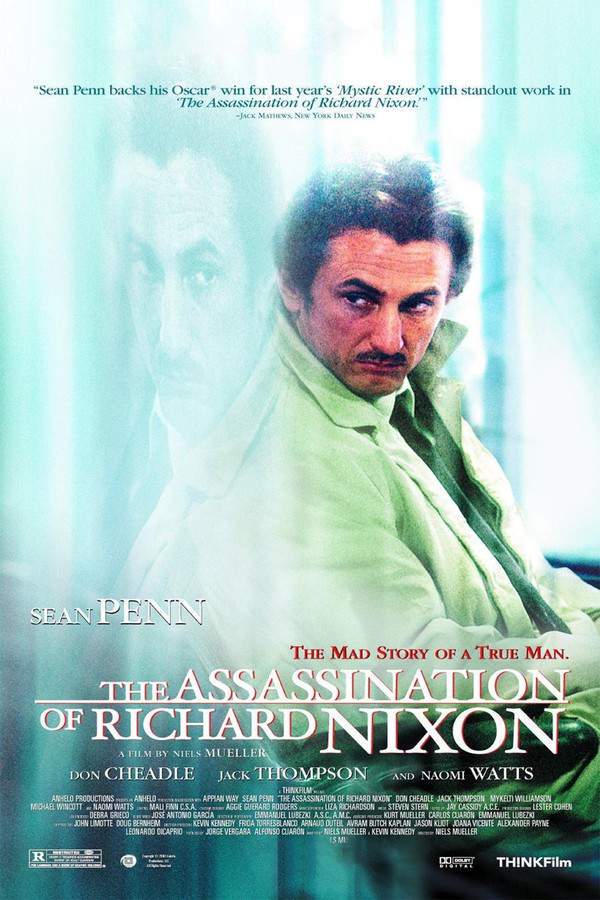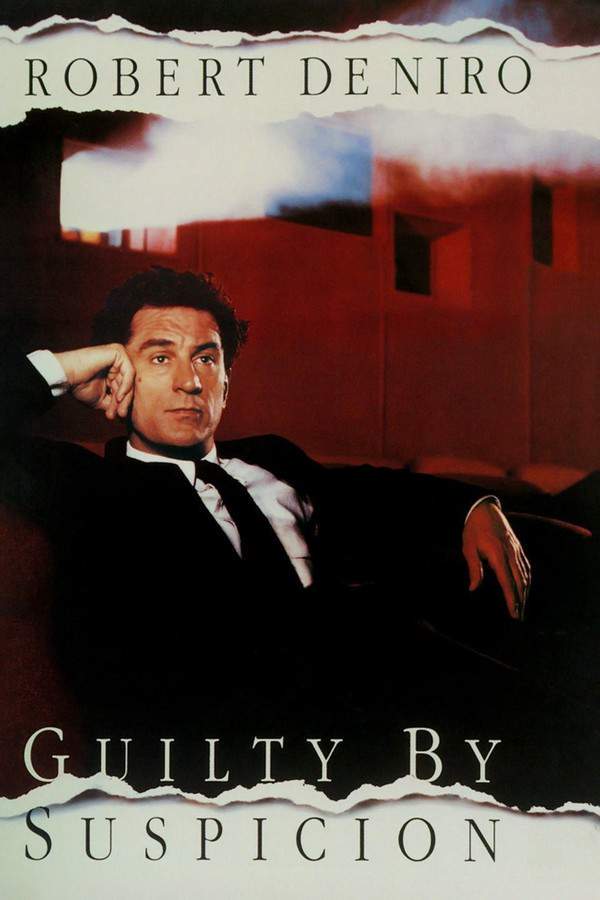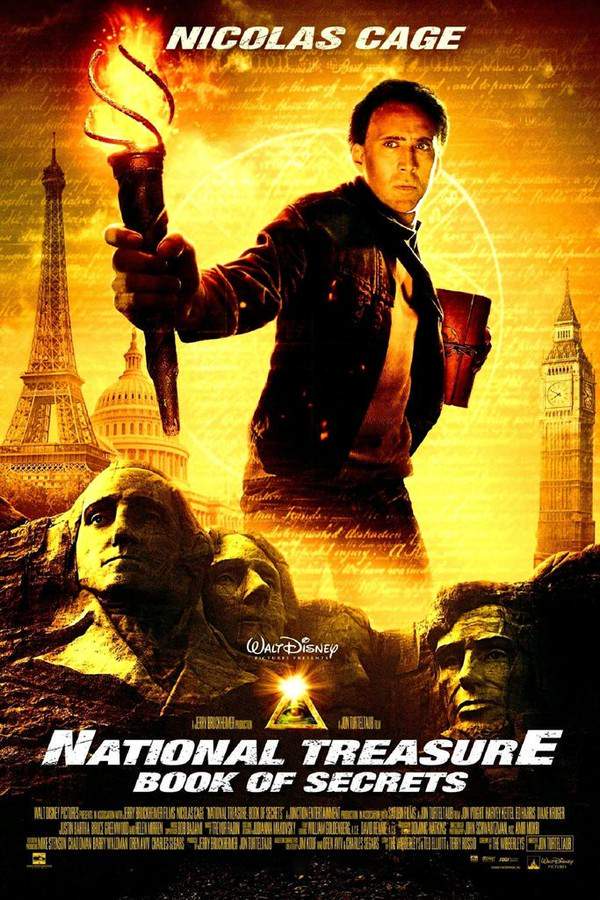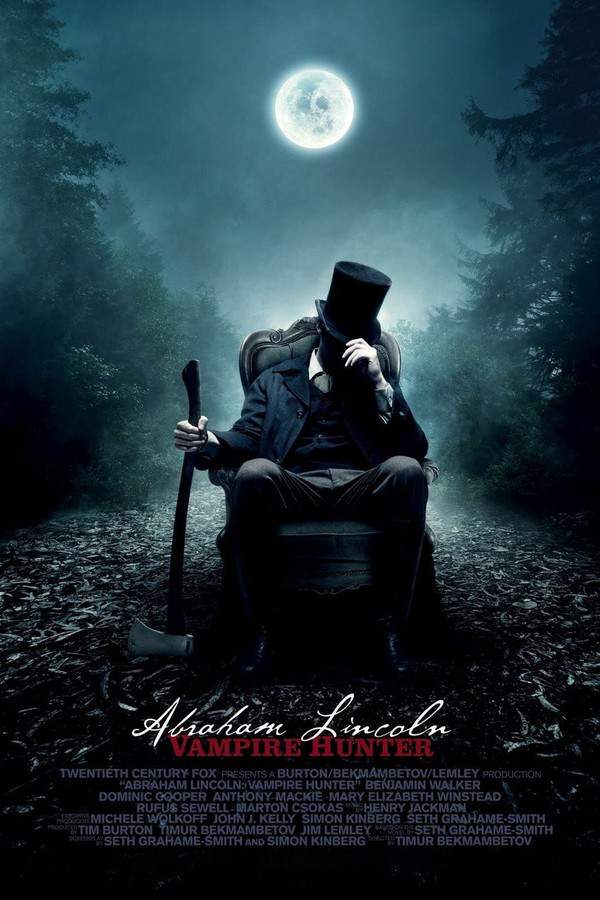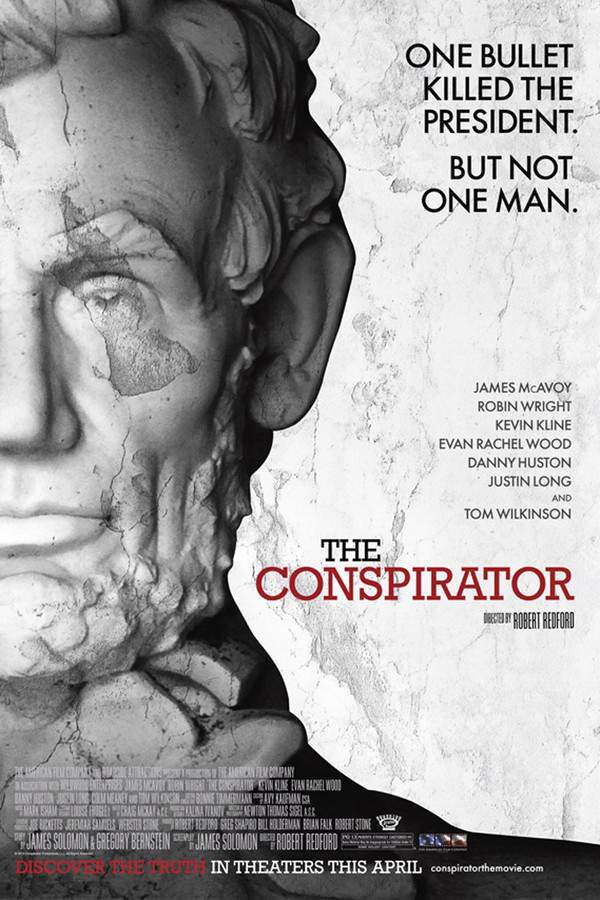
The Conspirator 2011
Made by
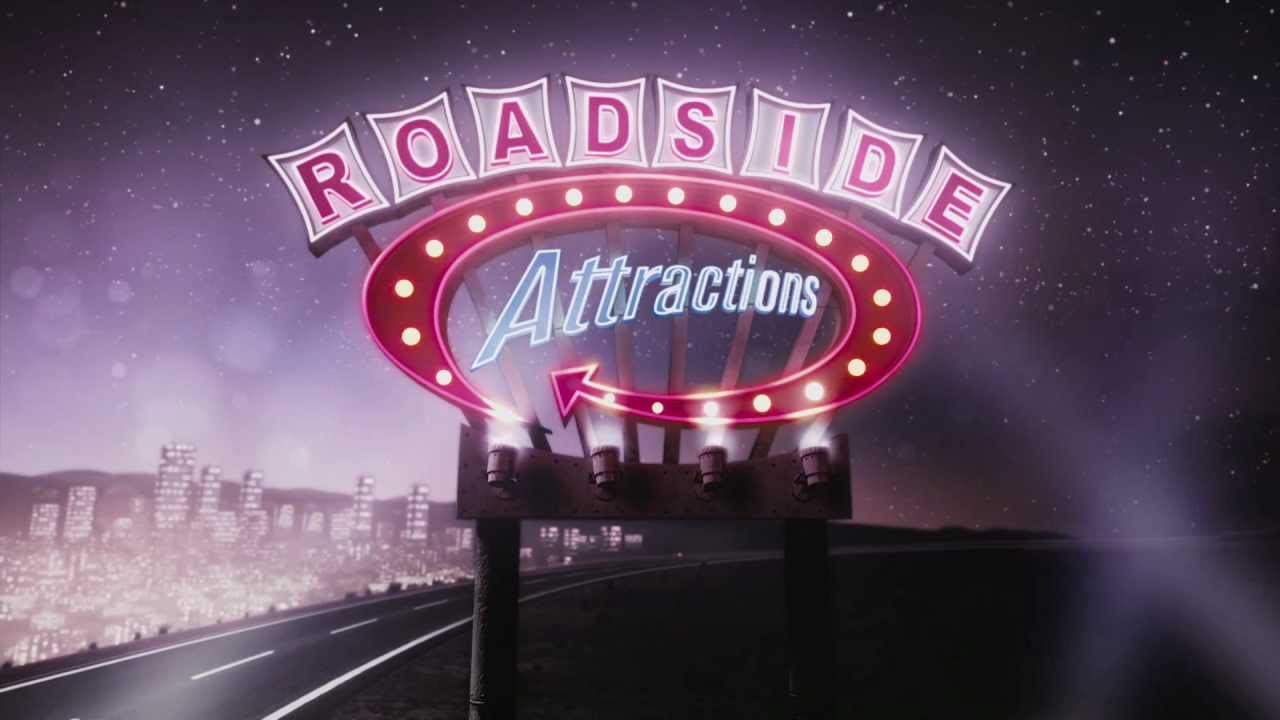
Roadside Attractions
The Conspirator Plot Summary
Read the complete plot summary and ending explained for The Conspirator (2011). From turning points to emotional moments, uncover what really happened and why it matters.
As the nation relishes the moment on April 14, 1865, celebrating the end of the Civil War marked by General Robert E. Lee’s surrender at Appomattox Court House in Virginia, Frederick Aiken (lawyer and Union veteran), alongside his closest allies William Thomas Hamilton and Nicholas Baker, as well as his wife Sarah Weston, immerses himself in the jubilant atmosphere. Yet, the night of festivities quickly turns into a nightmare as a pivotal series of events unfolds, destined to alter the trajectory of American history forever.
On this tragic night, John Wilkes Booth seizes the moment to instill terror among those who championed freedom and equality. He brazenly enters Ford’s Theater and shoots President Abraham Lincoln in the back of the head while the President enjoys the play Our American Cousin. In the chaos, Booth also stabs Henry Rathbone, a guest at the Presidential box, and boldly leaps onto the stage, proclaiming, > “Sic Semper Tyrannis! The South is avenged!” before making his hasty escape to Maryland.
As the shocking news of Lincoln’s assassination spreads rapidly, Aiken, along with Hamilton and Baker, watches in horror as the critically injured President is taken to a nearby boarding house, where he succumbs to his wounds early the next morning. With this profound loss, Vice President Andrew Johnson ascends to the presidency, ushering in a new and turbulent era. In the wake of this calamity, Secretary of War Edwin Stanton mandates the arrest of all suspects, including Mary Surratt.
While Booth and David Herold manage to elude capture for several days, their luck runs out when Union soldiers uncover the barn where they suspect the conspirators are hiding and set it ablaze. Herold surrenders, but Booth meets his end at the hands of Sergeant Boston Corbett when he brandishes his rifle at the approaching soldiers.
As authorities intensify their search for John Surratt, Mary’s son, Mary Surratt’s defense falls into the hands of Mary Surratt’s Defense Attorney Reverdy Johnson, a Maryland Senator and Aiken’s boss. However, impeded by his Southern sympathies, he struggles to mount an effective defense and eventually solicits Aiken’s help, a Northerner, to take on Mary’s case alongside co-defendants Michael O’Laughlen, Edman Spangler, Samuel Mudd, and Samuel Arnold.
Upon entering Mary’s cell, Aiken is met with her anxious gaze imploring him to check on her daughter, Anna, who lives in the boarding house rife with murmurs of conspiracy. With a solemn sense of duty, Aiken agrees, his footsteps echoing through the dim corridors as he embarks on a quest for clues that may either vindicate or implicate Mary. In a significant moment, Aiken discovers a ticket with the initials “LJW” (belonging to Louis J. Weichmann), a seminary friend of John who had clandestine ties to Booth, revealing layers of deceit soon to unfold in court.
As Weichmann testifies, his words sketch a vivid narrative of John’s covert meetings with Booth and other key figures like Herold, Powell, and Atzerodt who frequented Mary’s boarding house. Aiken astutely dissects Weichmann’s statements, casting doubt on his credibility and weaving a complex web of guilt.
Despite his growing misgivings about Mary’s innocence, Aiken seeks to confront her again. She introduces an alternative perspective, asserting that John and his associates originally planned to kidnap Lincoln rather than kill him. She states that Booth intervened, misinforming them of the President’s whereabouts just two weeks before. The silence from Anna during Aiken’s inquiries reinforces the loyalty that Mary commands from her family.
In the courtroom, Chief Prosecutor Joseph Holt calls innkeeper John Lloyd to testify, painting Mary as the orchestrator behind the assassination plot. Lloyd claims she provided him with binoculars and instructed him to prepare pistols and whiskey for the night of Lincoln’s assassination. Aiken’s incisive questioning reveals Lloyd’s admitted alcoholism, leading to a volatile scene as he is dragged out of the courtroom in a fit of rage.
Upon entering the prestigious Century Club, Aiken faces a harsh revelation: his membership is revoked due to his steadfast defense of Mary. This news triggers a confrontational argument with Sarah, culminating in her disowning Aiken and leaving his life. Striving for solace, Aiken pleads with Anna to testify for her mother, whose sworn statement shifts the blame for Lincoln’s assassination onto her brother John.
Anna’s testimony instigates a visit from Father Jacob Walter, who has been tending to Mary during her imprisonment. Despite claiming ignorance regarding John’s location, Aiken seizes the opportunity to relay a message to John through Walter, warning him of his mother’s impending execution unless he surrenders.
As the judicial process unfolds, Mary Surratt is found guilty on all charges and is sentenced to life in prison. However, with Stanton’s influence, her fate is altered, and she faces execution alongside Powell, Herold, and Atzerodt, while Mudd, Arnold, O’Laughlen, and Spangler are similarly condemned to prison.
Aiken remains unyielding in his pursuit, obtaining a writ of habeas corpus from Judge Andrew Wylie to challenge Mary’s sentence. However, President Johnson swiftly nullifies this writ, leading inexorably to the grim execution of four condemned prisoners.
Fifteen months later, Aiken visits John Surratt, who has been captured abroad and is now imprisoned. Despite John’s gratitude for Aiken’s kindness towards his mother, he dismisses the rosary Aiken extends as a gesture of comfort. This poignant exchange foreshadows the landmark ruling by the U.S. Supreme Court a year later, which establishes the fundamental right of citizens to be tried by a civilian jury—even during wartime (Ex parte Milligan).
As the tumultuous chapters of this saga draw to a close, Aiken turns away from the courtroom battles and embraces a new role as The Washington Post’s first City Editor, marking the dawn of an exciting new journey in his life.
The Conspirator Timeline
Follow the complete movie timeline of The Conspirator (2011) with every major event in chronological order. Great for understanding complex plots and story progression.
End of the Civil War Celebration
On April 14, 1865, the nation celebrates the conclusion of the Civil War, marked by General Robert E. Lee's surrender at Appomattox Court House. Frederick Aiken, a lawyer and Union veteran, along with his friends and wife, revels in the jubilant atmosphere of the moment.
Lincoln's Assassination
On the same night of the celebrations, John Wilkes Booth enters Ford's Theater and shoots President Abraham Lincoln in the back of the head. In the chaos that ensues, Booth also attacks Henry Rathbone before leaping onto the stage and declaring 'Sic Semper Tyrannis!' as he escapes.
Lincoln's Death
The next morning, as word about Lincoln's assassination spreads, the critically injured President is moved to a nearby boarding house. Despite the efforts to save him, he succumbs to his wounds early the following day, profoundly impacting the nation.
Vice President Johnson Takes Office
In the aftermath of Lincoln's death, Vice President Andrew Johnson ascends to the presidency. His leadership signals a new and turbulent era for the United States during a time of profound national grief and uncertainty.
Search for Assassination Conspirators
Following the assassination, Secretary of War Edwin Stanton orders the arrest of all suspected conspirators, including Mary Surratt. The authorities quickly intensify their efforts to unearth those involved in the plot against the President.
Booth and Herold's Escape
While Booth and David Herold manage to avoid capture for several days following the assassination, their luck eventually runs out. Union soldiers discover their hideout and set the barn ablaze, prompting Herold to surrender.
Booth's Death
Booth is confronted by Union soldiers in the barn where he is hiding and, when he attempts to brandish his rifle, he is shot dead by Sergeant Boston Corbett. This moment marks the end of the manhunt for one of America's most notorious assassins.
Aiken Takes on Mary Surratt’s Defense
Mary Surratt's Defense Attorney, Reverdy Johnson, struggles to defend her due to his Southern sympathies. He ultimately enlists Frederick Aiken's help to provide a more robust defense, presenting the challenges of navigating the complex political climate.
Aiken Investigates
Visiting Mary Surratt in her cell, Aiken learns of her concerns for her daughter, Anna. Determined to gather evidence that may help prove her innocence, he discovers a crucial ticket linking Louis J. Weichmann to Booth, igniting further investigation.
Weichmann's Testimony
When Louis Weichmann takes the stand, his testimony reveals John's secret meetings with Booth and other conspirators. Aiken skillfully questions Weichmann, challenging the credibility of his claims while simultaneously connecting the dots of conspiracy.
Mary's Defense Strategy
In a private meeting, Mary Surratt claims that the initial plan was to kidnap Lincoln, asserting that Booth acted independently. This revelation complicates Aiken's understanding of her guilt and the dynamics at play within the conspiracy.
Testimony Against Mary
During the trial, prosecutor Joseph Holt calls John Lloyd to testify against Mary Surratt, accusing her of orchestrating the assassination plot. Aiken's aggressive questioning exposes Lloyd’s alcoholism, creating a volatile scene in the courtroom.
Aiken's Membership Revoked
Aiken faces personal repercussions as he learns that his membership with the prestigious Century Club has been revoked due to his defense of Mary Surratt. This decision strains his relationship with his wife Sarah, ultimately leading to her leaving him.
Anna's Testimony
Aiken pleads with Anna to testify on behalf of her mother, pointing out discrepancies in the evidence against Mary. Anna's eventual testimony shifts some blame onto her brother John, complicating the narrative around Mary’s involvement.
Mary's Execution
Despite Aiken's relentless pursuit to appeal Mary Surratt’s conviction and secure her freedom, she is found guilty and sentenced to execution. This grim outcome is orchestrated by the influence of Secretary Stanton and represents the tragic end to a highly controversial trial.
Aiken's New Journey
Fifteen months after the tumult of the trial, Aiken visits John Surratt, who is now captured and imprisoned. Following this, Aiken turns towards a new chapter in his life, taking a position as the first City Editor for The Washington Post.
The Conspirator Characters
Explore all characters from The Conspirator (2011). Get detailed profiles with their roles, arcs, and key relationships explained.
Frederick Aiken
Frederick Aiken is a dedicated lawyer and Union veteran who finds himself embroiled in the legal battle surrounding Mary Surratt. His character is marked by a sense of duty and moral complexity, as he seeks justice while navigating intense public scrutiny. Aiken's transformation from a celebratory atmosphere to a crusader for truth highlights his deep commitment to fairness despite personal sacrifices.
Mary Surratt
Mary Surratt is portrayed as a tragic figure accused of conspiracy in the assassination of President Lincoln. A mother devoted to her family, her character embodies both vulnerability and resilience as she grapples with the dire consequences of her son's actions. Mary's plea for her innocence illustrates the struggles faced by women caught in the crossfire of political turmoil.
William Thomas Hamilton
William Thomas Hamilton serves as one of Aiken's closest allies, embodying the ties that bind the characters amidst political unrest. His role highlights the camaraderie and support accorded to Aiken as they navigate the tumultuous waters following the assassination. Hamilton's presence emphasizes the gravity of the situation as friends become allies in the search for justice.
The Conspirator Settings
Learn where and when The Conspirator (2011) takes place. Explore the film’s settings, era, and how they shape the narrative.
Time period
April 14, 1865
The events of the movie take place shortly after the Civil War, a tumultuous period marked by division and conflict in the United States. April 14, 1865, is particularly significant as it is the date of Lincoln's assassination, which would have profound implications for the nation. This time is associated with both jubilation over the war's conclusion and the tragic loss of a pivotal leader.
Location
Ford's Theater, Washington D.C.
Ford's Theater is a historic site in Washington D.C. known for being the location of President Abraham Lincoln's assassination. It was a prominent site for theatrical performances and is now a museum dedicated to Lincoln's legacy. The theater played a pivotal role in American history, marking the end of an era following Lincoln's death.
The Conspirator Themes
Discover the main themes in The Conspirator (2011). Analyze the deeper meanings, emotional layers, and social commentary behind the film.
⚖️
Justice
The theme of justice resonates throughout the film, as it explores the legal repercussions following Lincoln's assassination. The struggle against bias and the quest for a fair trial for Mary Surratt illustrate the complexities of justice in a politically charged atmosphere. Aiken's determination to seek the truth highlights the moral dilemmas faced when legal systems are at odds with public sentiment.
💔
Loss
Loss is a central theme in the movie, illustrated through the sudden death of President Lincoln and its aftermath. The characters grapple with their grief and the vacuum left in the nation's leadership. Aiken and other characters experience personal losses, from relationships to reputations, as the unfolding tragedy shakes the very foundation of their lives.
🔍
Conspiracy
The theme of conspiracy runs deeply in this historical narrative, revealing the intertwined fates of characters connected to the assassination plot. The investigation into Mary Surratt's alleged involvement uncovers layers of deception and hidden motives. Aiken's journey reflects the pursuit of truth amidst a backdrop of suspicion and intrigue regarding the events that transpired.
Movies with Similar Twists and Themes
Uncover films that echo the narrative beats, emotional arcs, or dramatic twists of the one you're exploring. These recommendations are handpicked based on story depth, thematic resonance, and spoiler-worthy moments — perfect for fans who crave more of the same intrigue.
Featured on this page

What's After the Movie?
Not sure whether to stay after the credits? Find out!
Explore Our Movie Platform
New Movie Releases (2025)
Famous Movie Actors
Top Film Production Studios
Movie Plot Summaries & Endings
Major Movie Awards & Winners
Best Concert Films & Music Documentaries
© 2025 What's After the Movie. All rights reserved.


